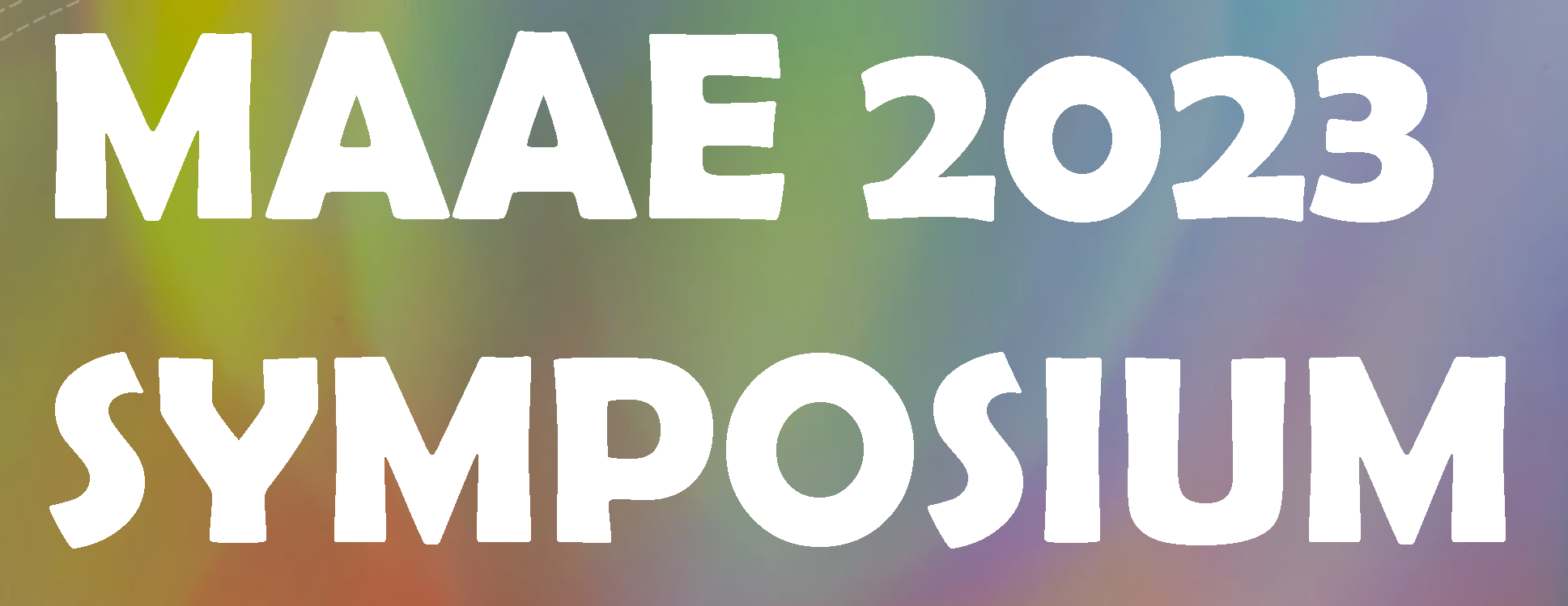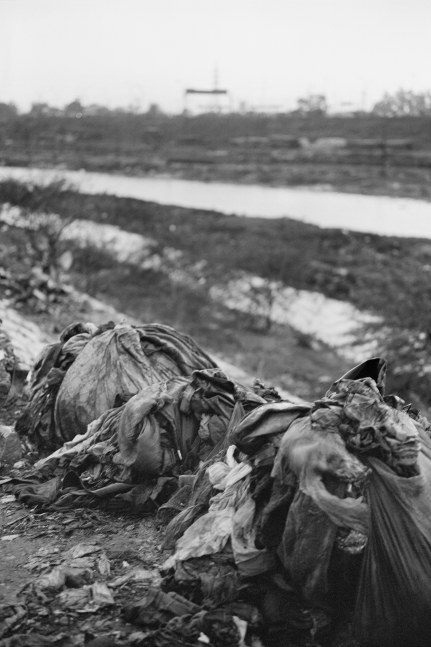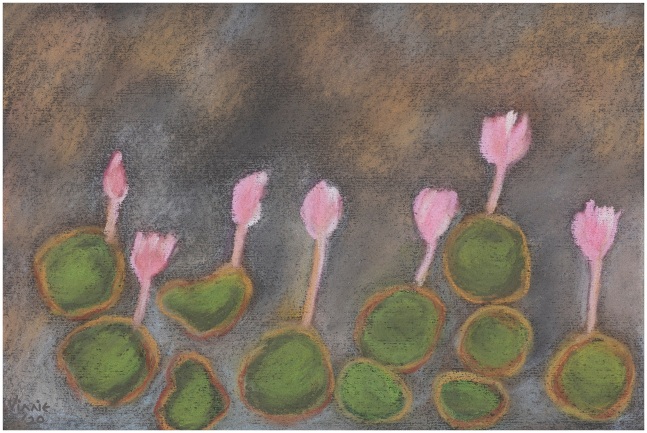Archa Desai is a cultural practitioner from India. She completed undergraduate studies in Architecture in 2009 and later graduated in Art, Design and Communication in 2012 from CEPT University, India. In the last decade, she has worked as a Production Assistant in the inaugural edition of Kochi Muziris Biennale, Kochi, India, an Arts Programme Manager at Thinking Hands, Beijing, China and as an Artist Liaison at Nature Morte, New Delhi, India. Her research interests include representation of rural, indigenous and tribal communities in Indian contemporary art, generating ethical and reliable research on indigenous art forms and finding methods to integrate practices of decoloniality within the existing institutional structures of contemporary art.
CREATING AN ‘INTERSECTIONAL THIRD SPACE’ FOR THE CONTEMPORARY ART IN INDIA
This study suggests an ‘intersectional third space’ as a conceptual framework to rethink the existing value creation systems and representation methods prevalent within contemporary art from India. As contemporary art worldwide becomes increasingly identified as ‘global’ and accommodates new art practices and mediums, it remains exclusive in treating art from self-taught and Indigenous art practices. This distinction gets further pronounced in geographies like India, where artists rely greatly on privately owned art galleries for their representation. The artists from rural or non-English speaking regions, artists practicing Indigenous or tribal art, and skilled and passionate artists who do not have the resources or opportunities to attend art schools lose out on access to representation in the mainstream art spaces. In the exhibition ‘Sheher, Prakriti, Devi’ that took place at Gallerie Mirchandani + Steinrucke, Mumbai, India, between November 25, 2021 — January 5, 2022, Gauri Gill— an artist formally trained in art and photography; Vinnie Gill— a self-taught painter with continued practice of over sixty years, both living and working in Indian capital city of New Delhi and Ladhki Devi— a Warli artist who learned art practices as part of her familial heritage, living and practicing in the village of Ganjad, exhibit aspects of world-making in distinct artistic approaches attained through various modes of formality. I interviewed the exhibiting artists and attempted to deduce the exchange of values, support, guidance, and opportunities this collaboration brought to them. I further support my findings with existing scholarly research. After examination, I propose the concept of an ‘intersectional third space’- one that dismantles the existing institutional structures of representation and display to accommodate multiple notions of art; one that does not entirely reject dominant knowledge but acknowledges and centers the different concerns and worldviews that come from a diverse and complex history of the country; one that culminates through mutual respect for various knowledge-building and sharing techniques and creative processes, one that is constructed with collective forces that come together to serve purposes other than those already defined. Finally, I discuss the significance and relevance of such alliances in the context of India and conclude with what the artists and cultural practitioners can hope to achieve from the creation of an ‘intersectional third space’ that redefines contemporary art in India.
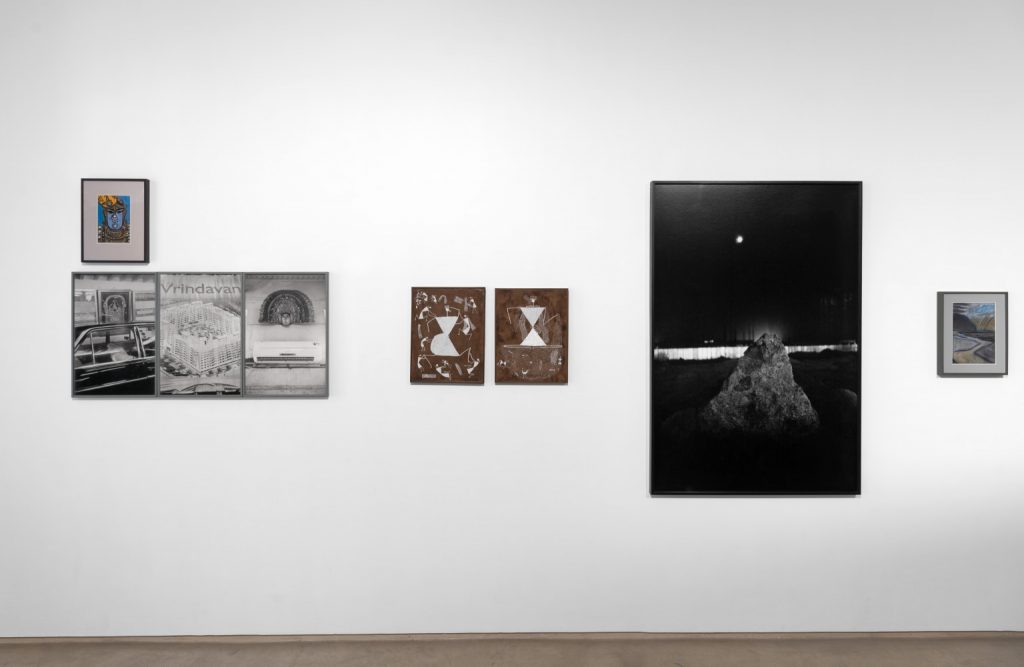 Installation view of ‘Sheher, Prakriti, Devi’, Galerie Mirchandani + Steinrucke, Mumbai, India | November 25, 2021 – January 5, 2022. Image courtesy the artists & Galerie Mirchandani & Steinruecke.
Installation view of ‘Sheher, Prakriti, Devi’, Galerie Mirchandani + Steinrucke, Mumbai, India | November 25, 2021 – January 5, 2022. Image courtesy the artists & Galerie Mirchandani & Steinruecke.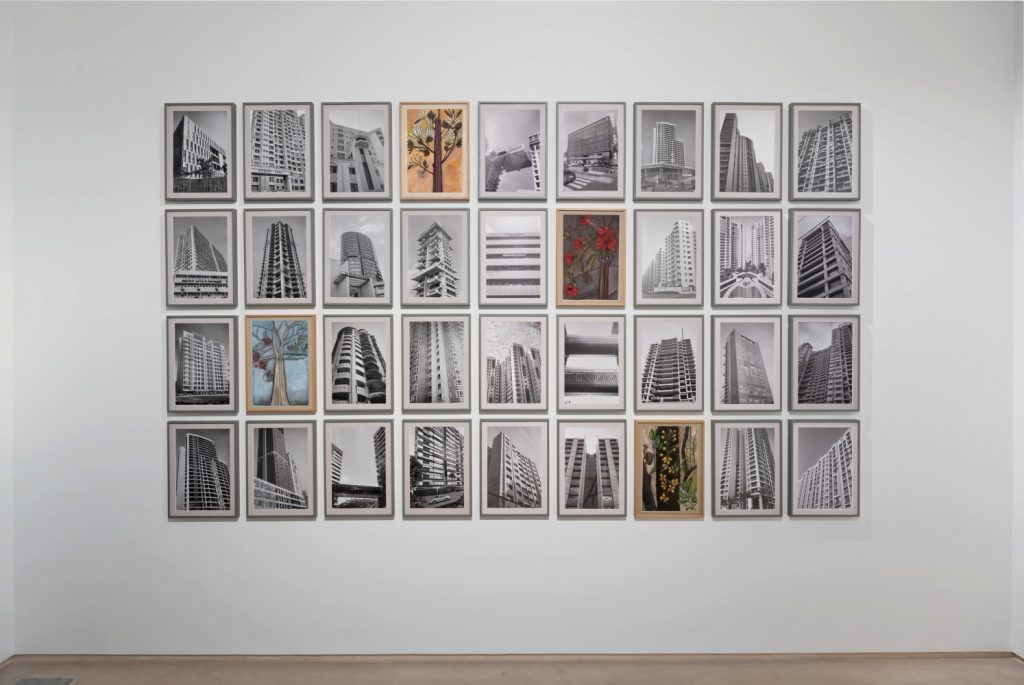 Gauri Gill, From the series Re-memory, 2003 - ongoing (interspersed with artwork by Vinnie Gill). Image courtesy the artists & Galerie Mirchandani & Steinruecke.
Gauri Gill, From the series Re-memory, 2003 - ongoing (interspersed with artwork by Vinnie Gill). Image courtesy the artists & Galerie Mirchandani & Steinruecke.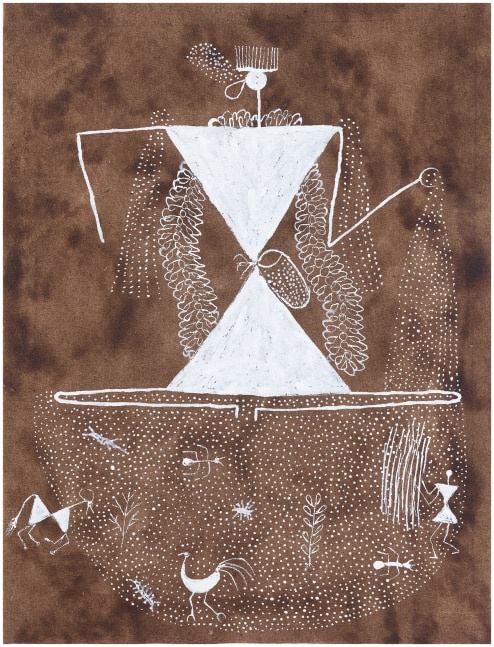 Ladhki Devi, 'Dhartari Devi', 2020-21, Poster paint on mud-coated cloth, 18.3 x 14.2 in / 46.5 x 36 cm. Image courtesy Galerie Mirchandani & Steinruecke.
Ladhki Devi, 'Dhartari Devi', 2020-21, Poster paint on mud-coated cloth, 18.3 x 14.2 in / 46.5 x 36 cm. Image courtesy Galerie Mirchandani & Steinruecke.